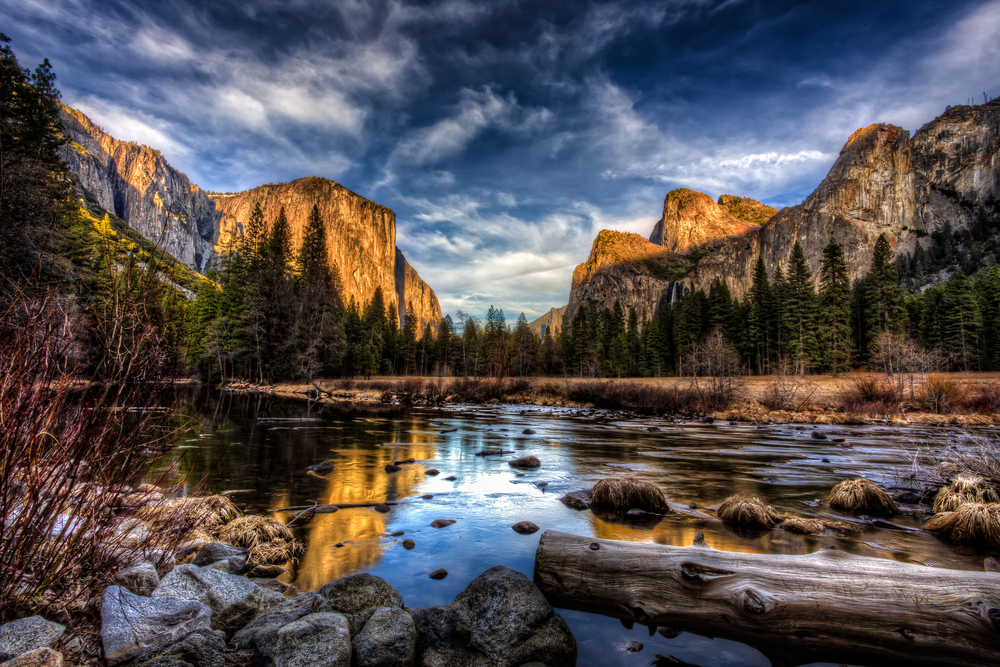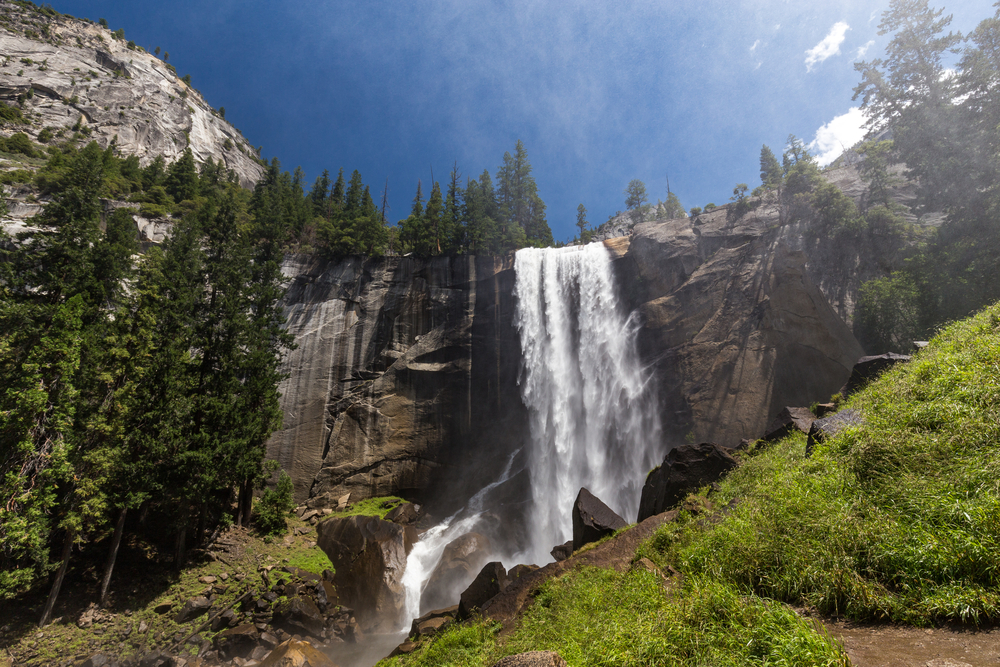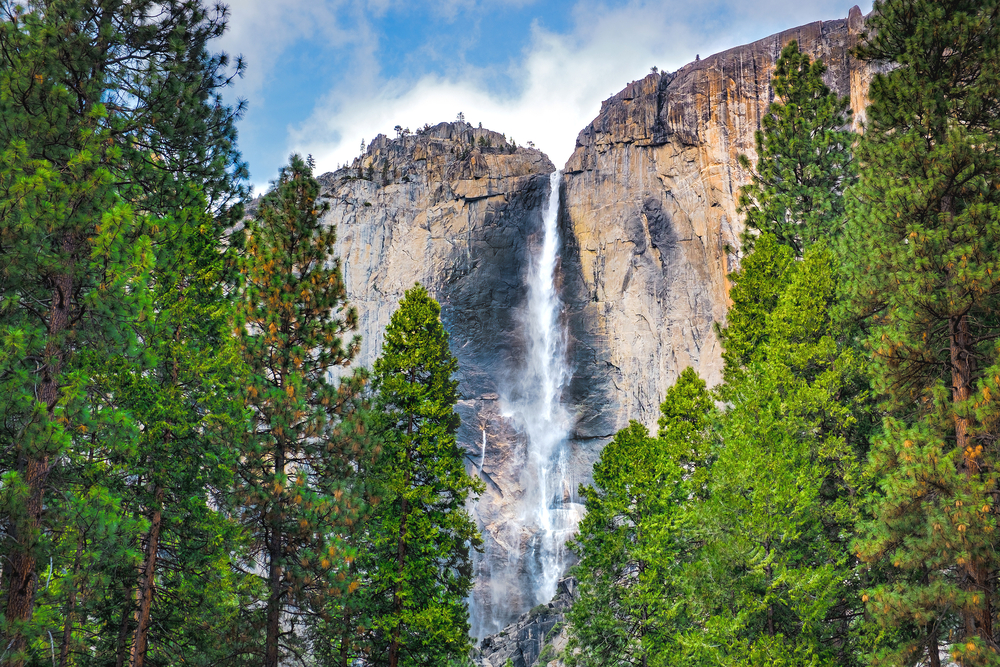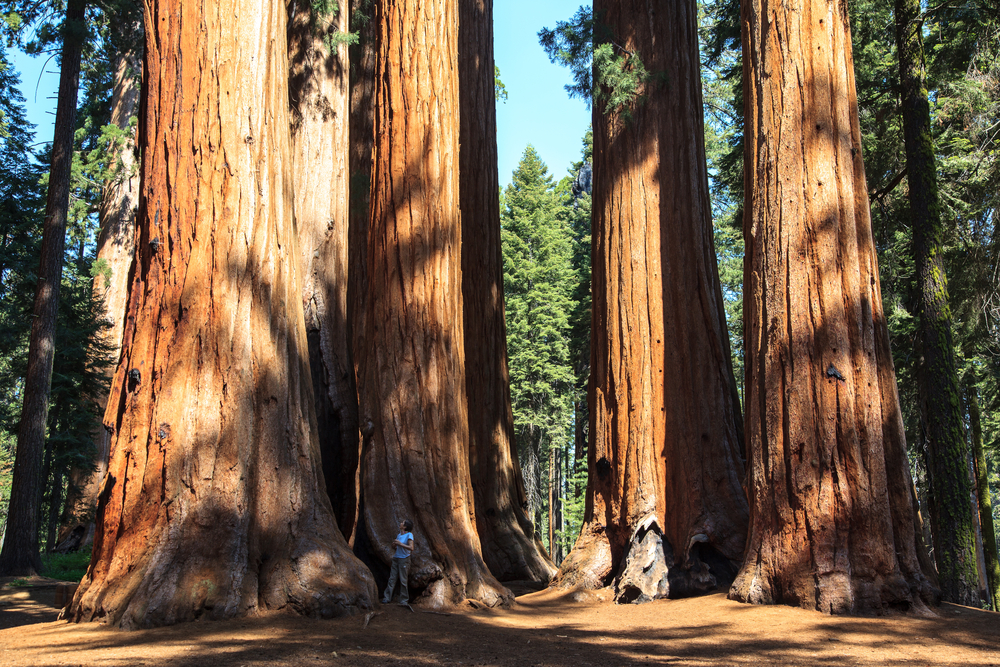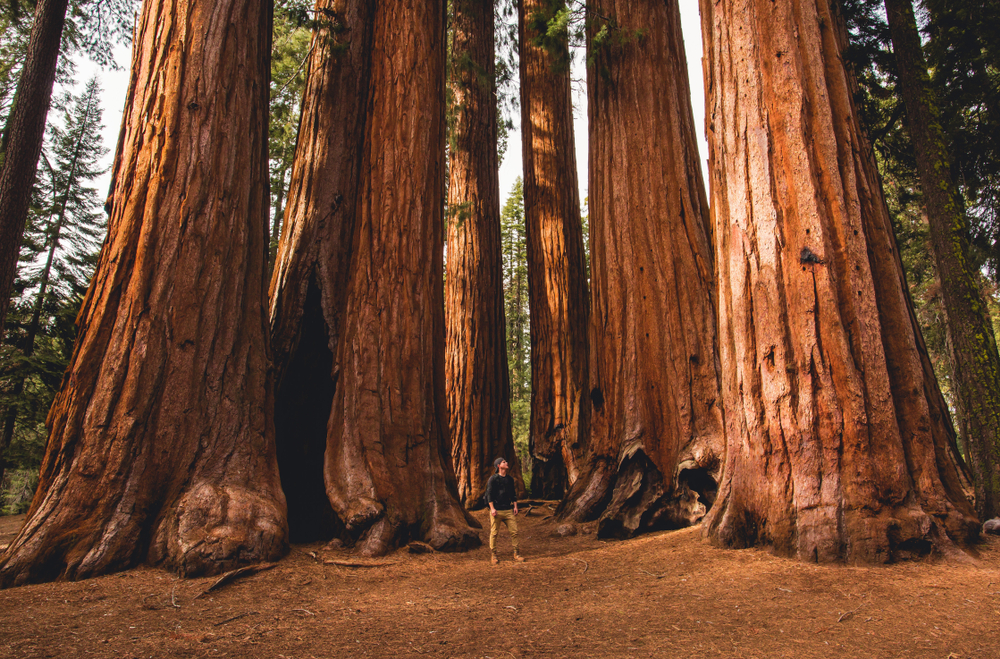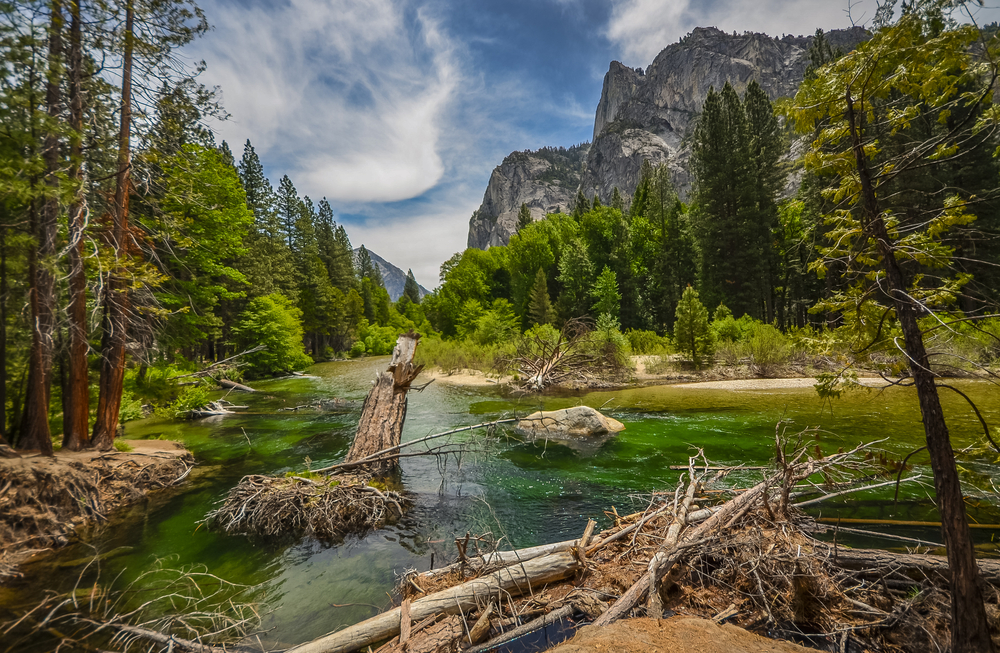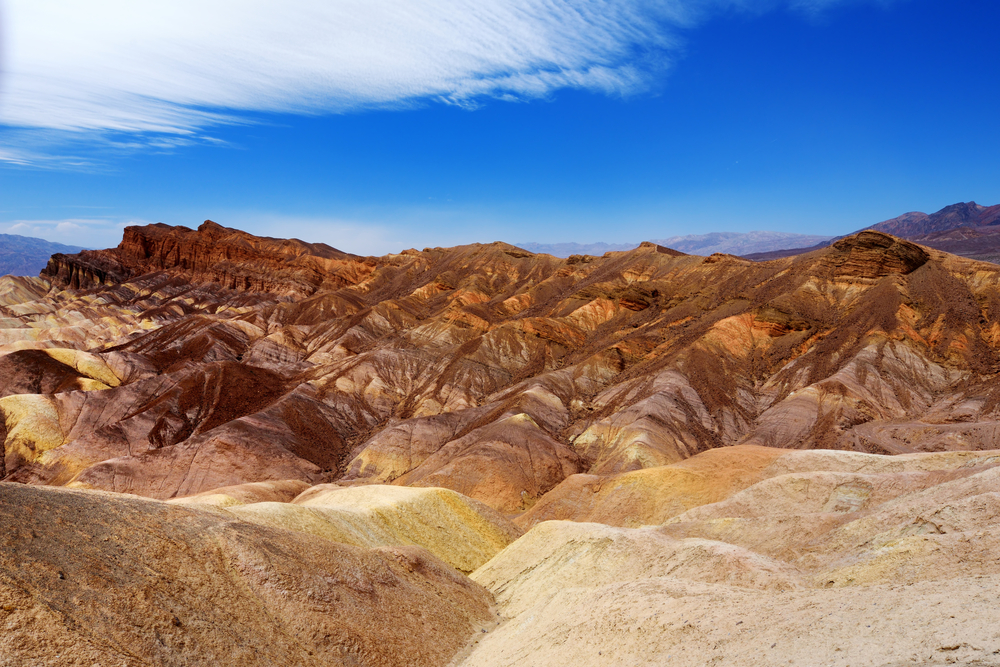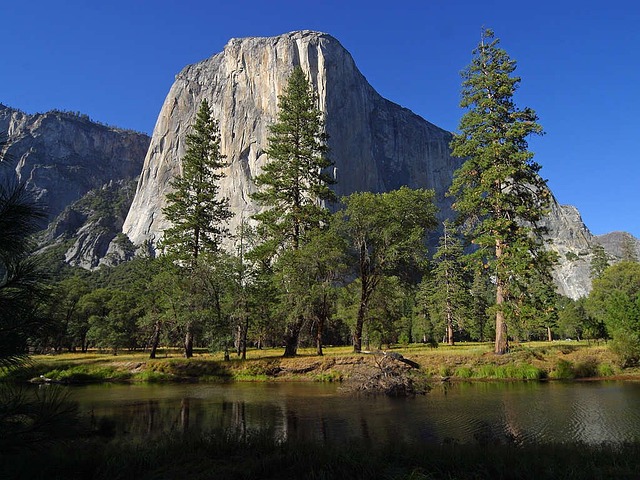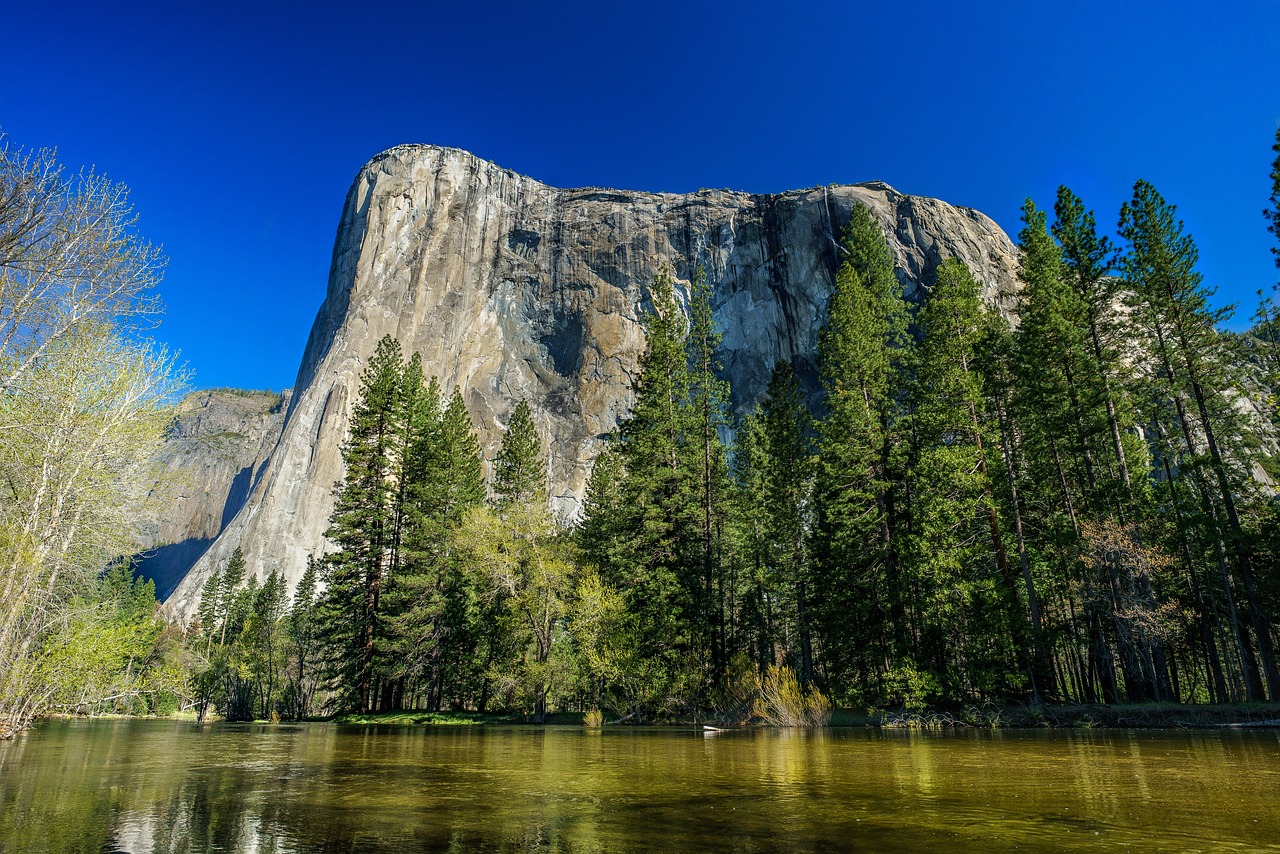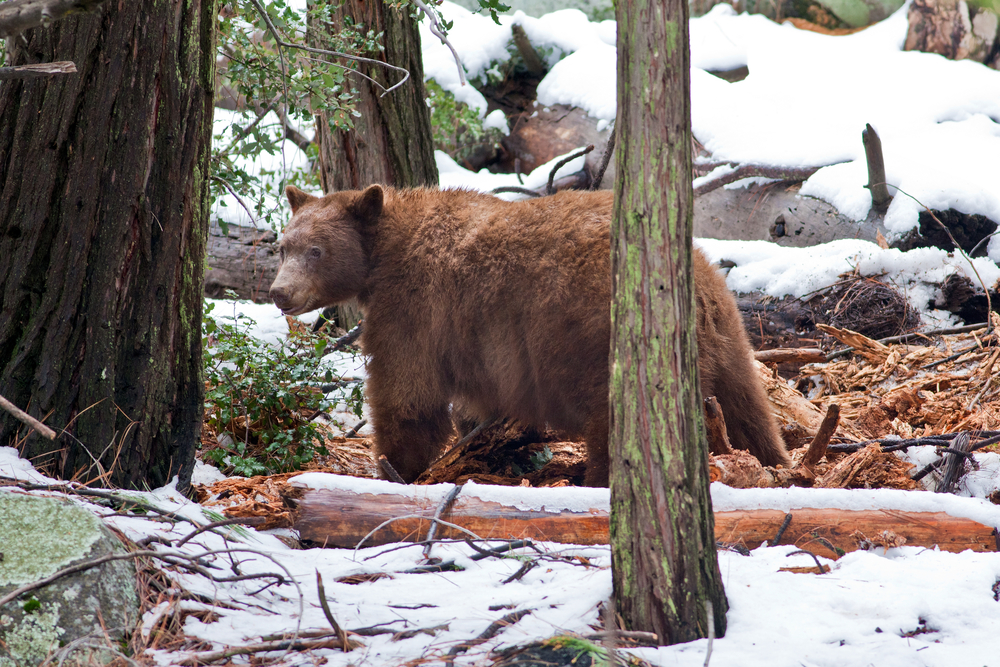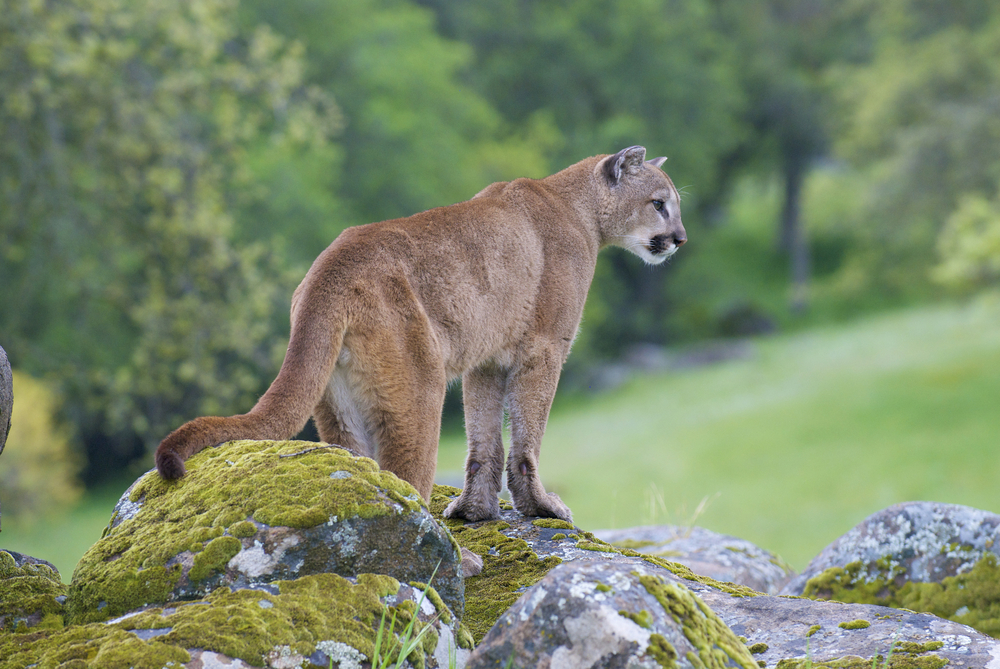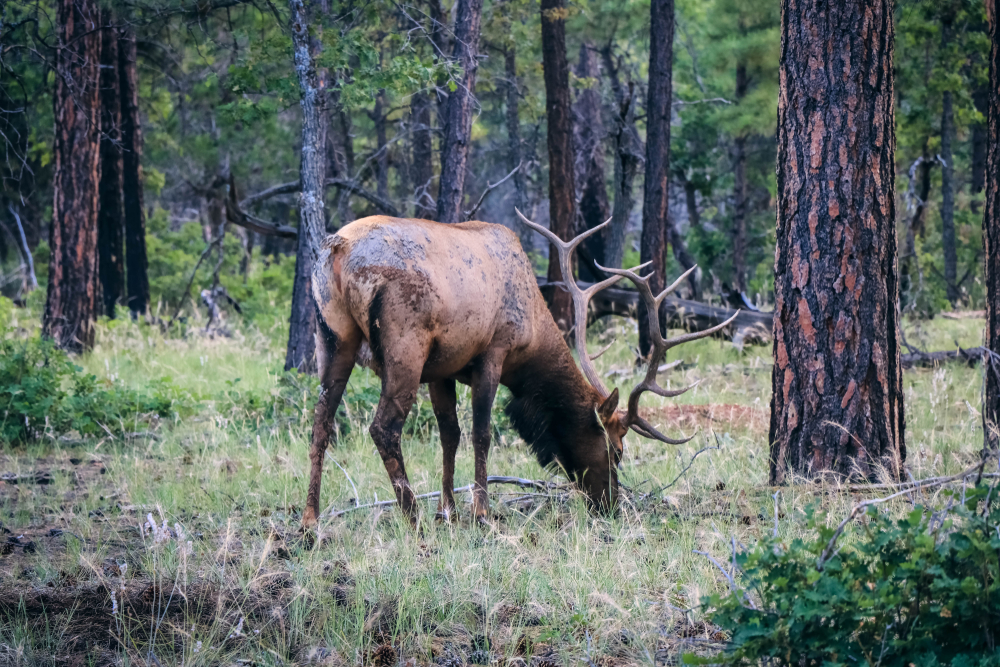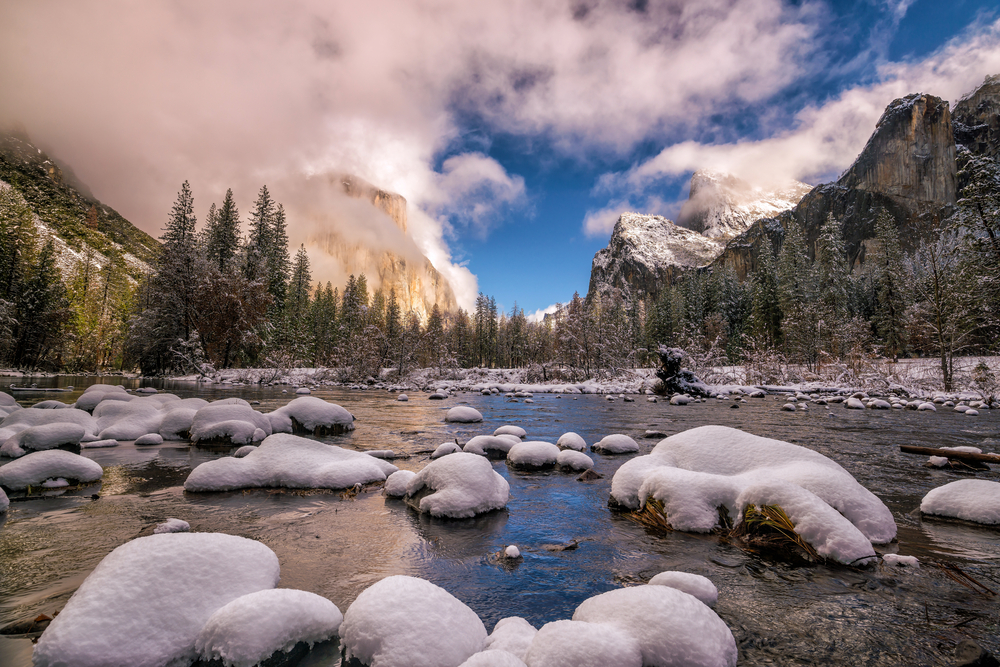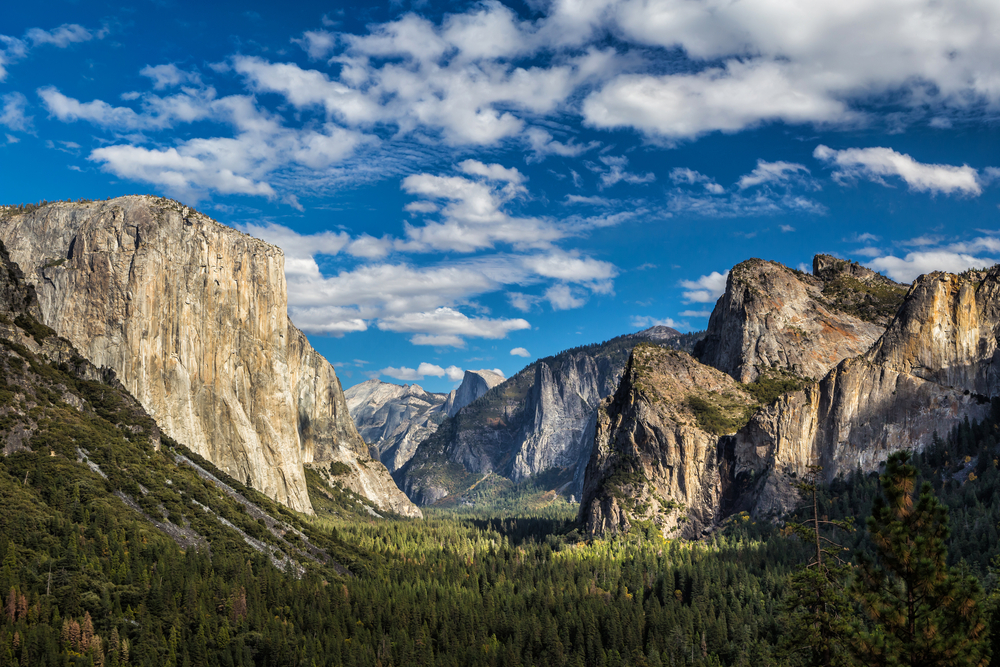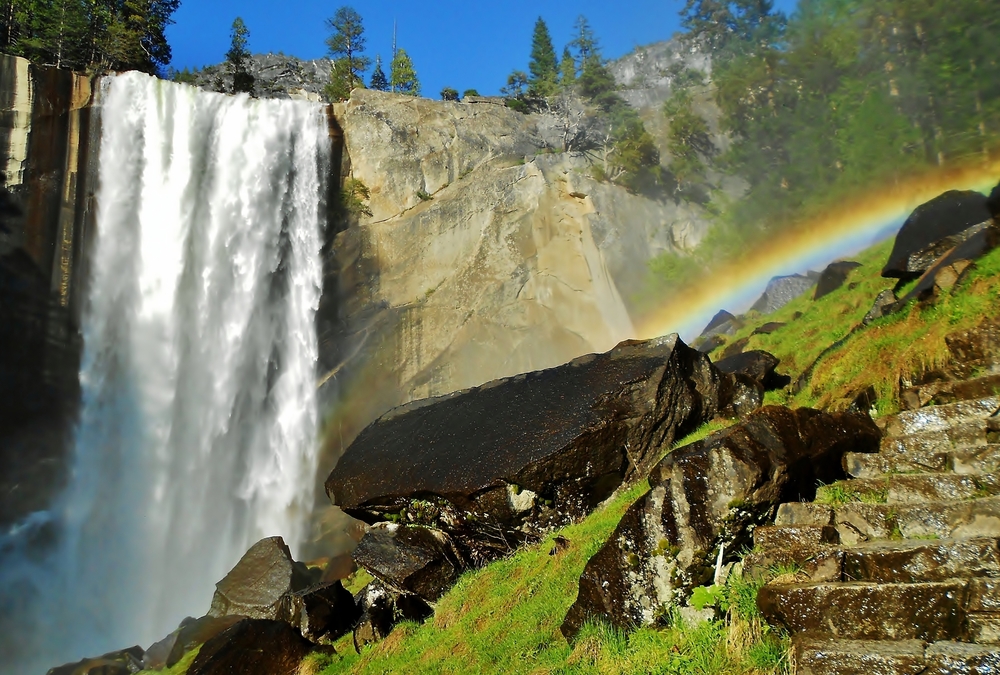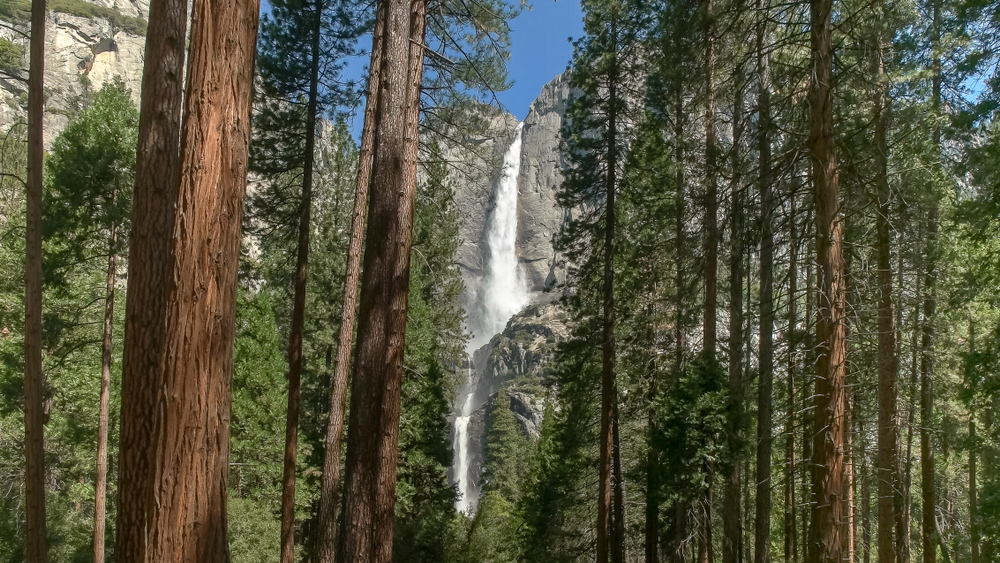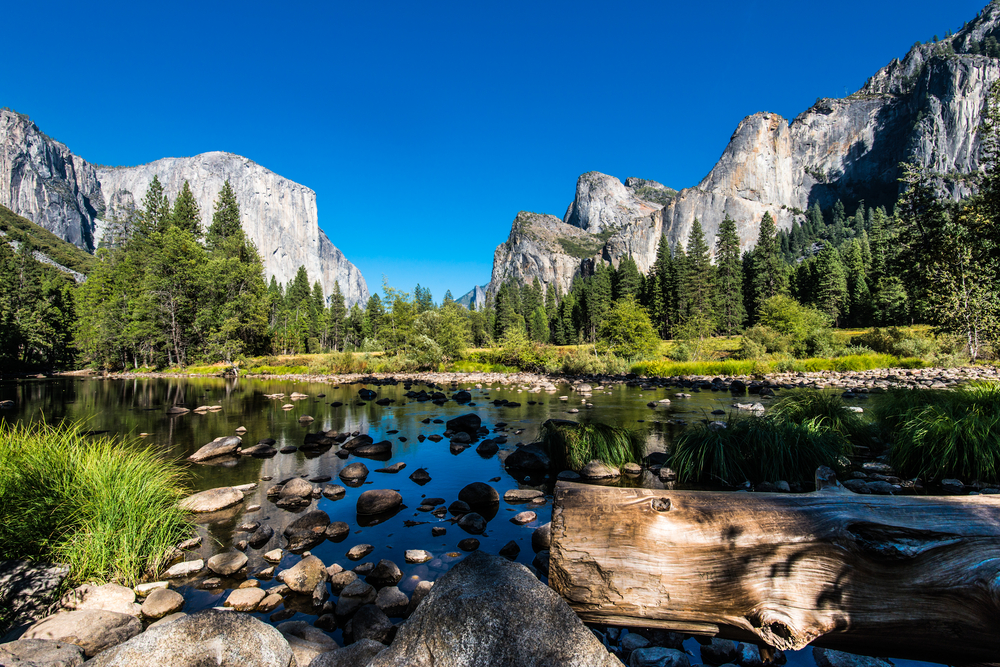Yosemite Overview
Yosemite National Park, located in the western Sierra Nevada of Central California, USA, is an emblem of natural beauty and grandeur, attracting millions of visitors each year. Established in 1890 and spanning approximately 1,187 square miles (about 3,027 square kilometers), Yosemite is famed for its towering granite cliffs, ancient sequoia trees, breathtaking waterfalls, and diverse ecosystems. This UNESCO World Heritage Site exemplifies the splendor of the American wilderness and has played a pivotal role in the development of the national park idea, thanks in part to the advocacy of naturalist John Muir.
At the heart of the park lies Yosemite Valley, renowned for its iconic landmarks such as El Capitan, a 3,000-foot (about 914 meters) vertical rock formation that is a favorite challenge for rock climbers worldwide, and Half Dome, a unique granite dome recognized around the globe for its distinct shape. The valley is also home to some of the park’s most spectacular waterfalls, including Yosemite Falls, one of the tallest waterfalls in North America.
Yosemite’s vast wilderness areas offer an abundance of hiking trails ranging from easy strolls to strenuous multi-day hikes, allowing visitors to explore the park’s natural wonders at their own pace. Beyond the valley, the park encompasses vast tracts of high mountain meadows, groves of giant sequoias, and a network of backcountry trails that offer solitude and connection with nature.
The park’s diverse habitats support a wide range of wildlife, from black bears and mule deer to numerous bird species, making it a haven for wildlife watching. Yosemite’s commitment to conservation ensures the protection of its natural and cultural resources, providing a sanctuary where future generations can experience the awe-inspiring landscapes and biodiversity.
Yosemite National Park stands as a testament to the beauty and diversity of the American landscape, offering visitors a chance to immerse themselves in its majestic natural wonders and explore the depths of the wilderness.
Yosemite is also one of the Seven Natural Wonders of North America featuring the largest granite monolith and the tallest waterfall in North America along with a plethora of wildlife and other amazing natural attractions.








































































